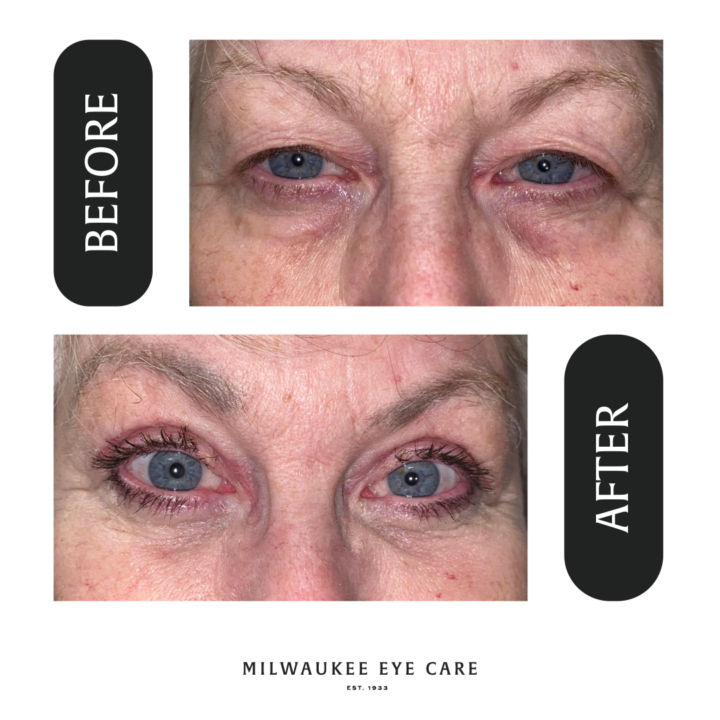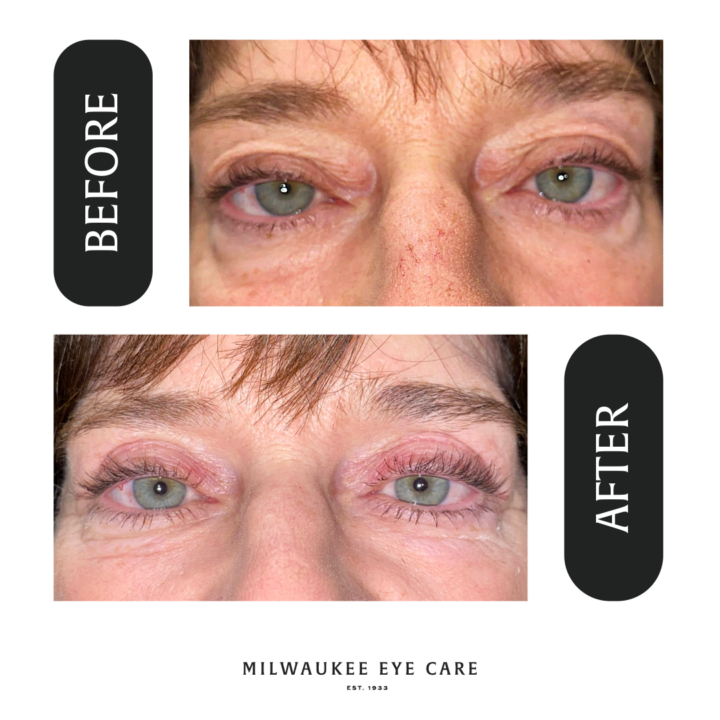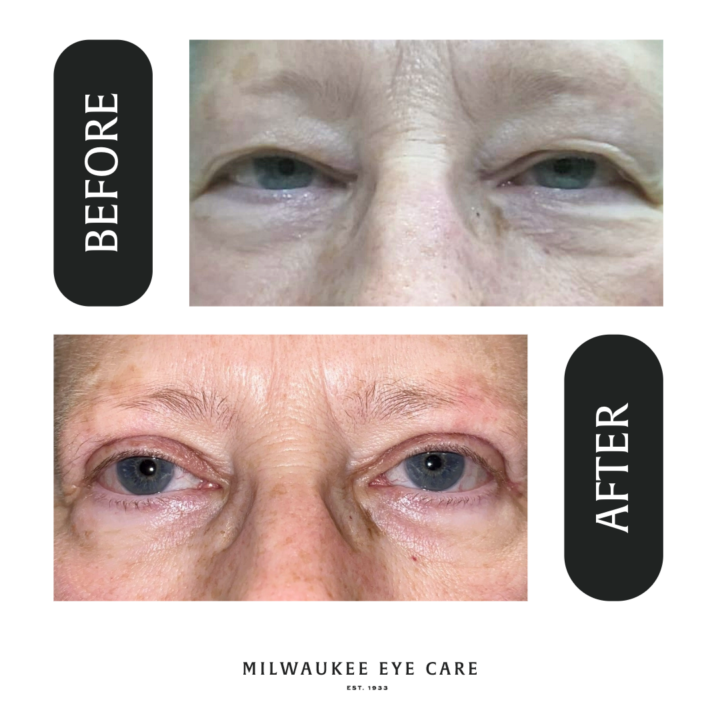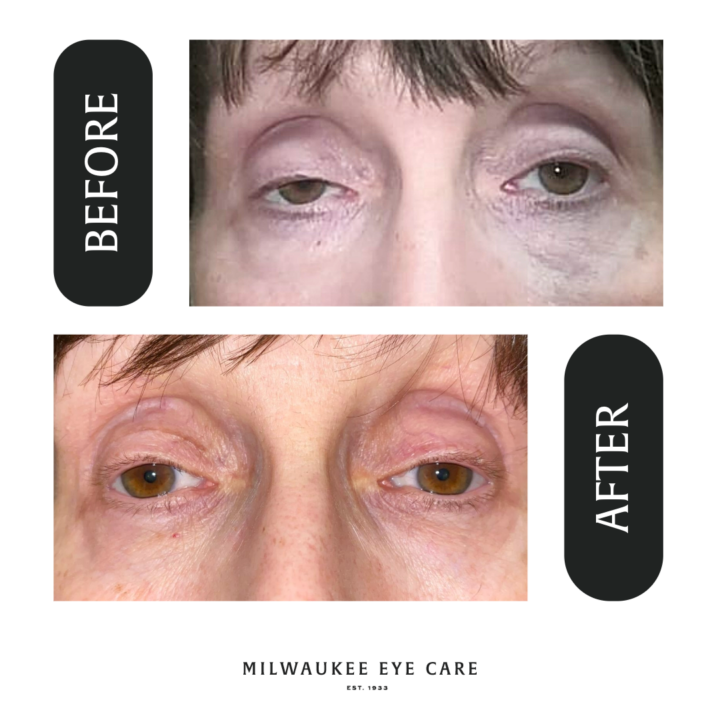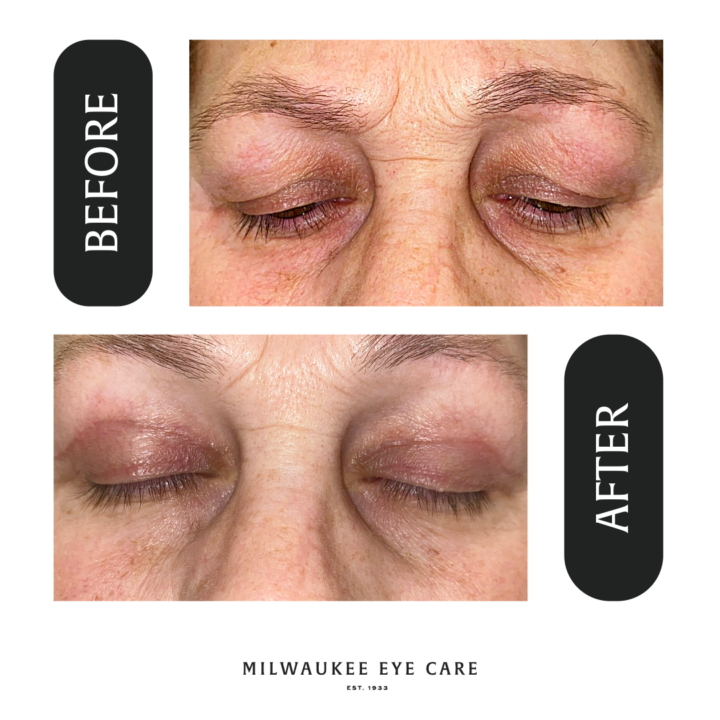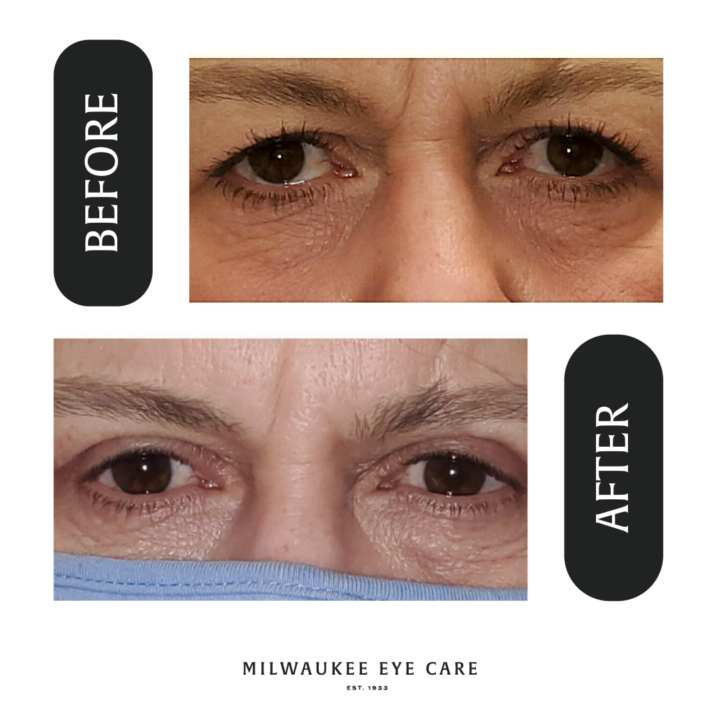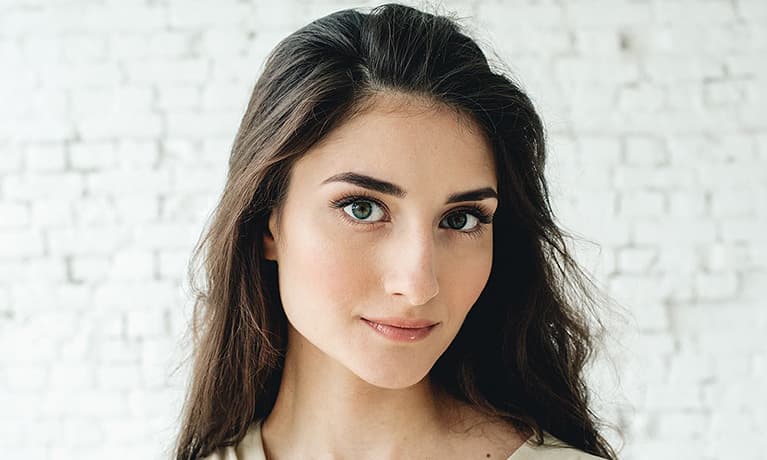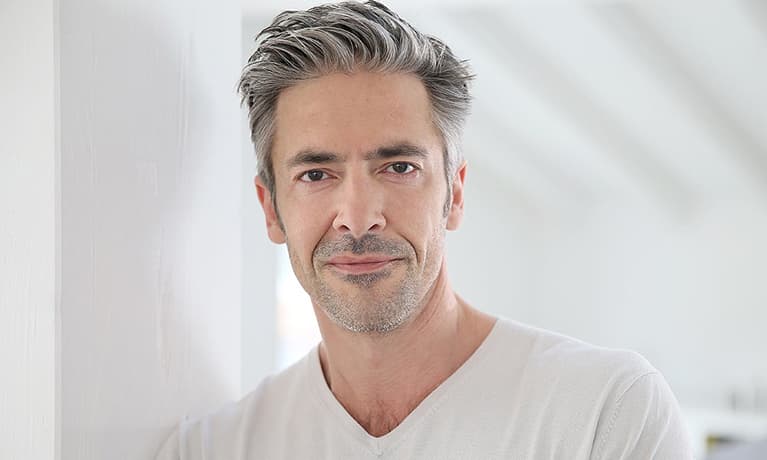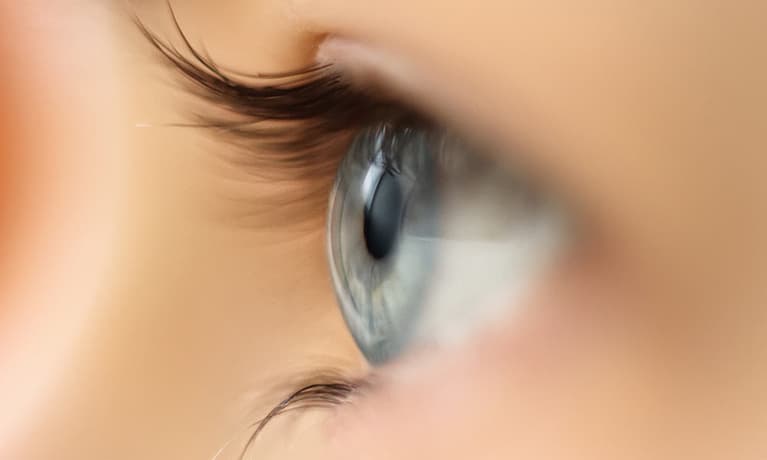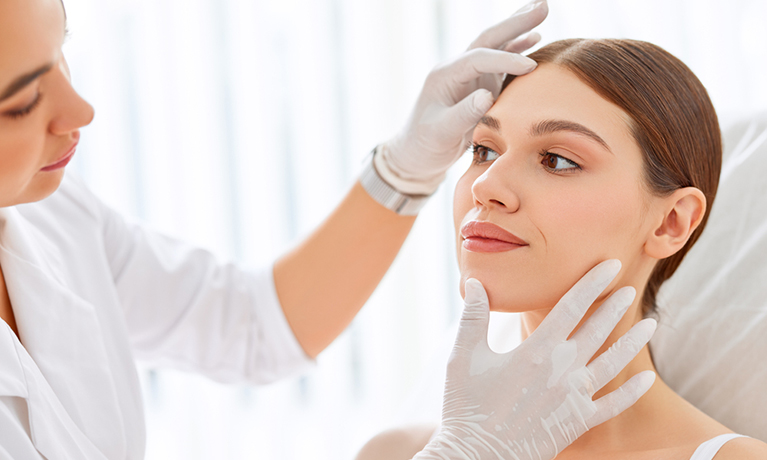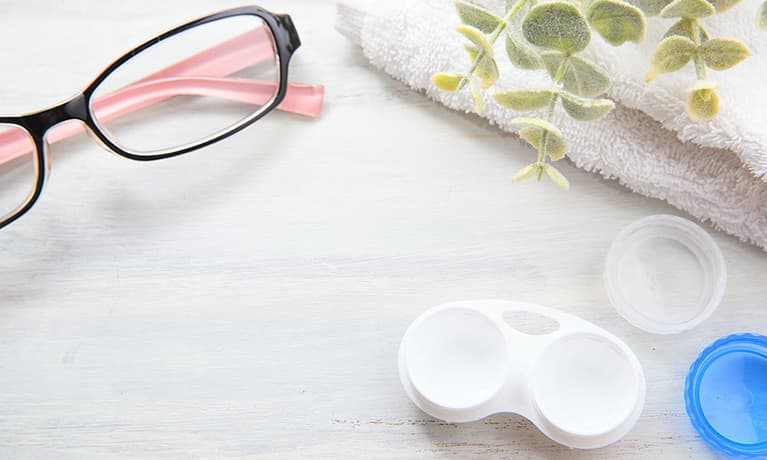Blepharoplasty
Skin can lose its elasticity with age, causing the upper eyelid skin to sag. This excess skin can not only create an appearance of tired eyes, but it can also obstruct peripheral vision, create a “heavy” or “tired” sensation of your eyes, and cause strain due to the extra effort required to raise your eyelids. Excess, baggy skin of the upper eyelid is called dermatochalasis. Surgery to remove this excess skin is called blepharoplasty and we perform this procedure for cosmetic purposes or vision (medical/functional) purposes.
There are multiple conditions that could cause your upper eyelids to droop. If your doctor determines that the underlying eyelid muscle is weakened (ptosis), or there is a component of eyebrow drooping (Brow ptosis), you may be referred to a specialized surgeon for a more complex procedure. Call us today to schedule your eyelid evaluation and determine if you are a candidate for blepharoplasty.
Before and After Ophthalmic Plastic Surgery
Eyelid Surgery FAQ’s

Your eye surgeon will conduct a thorough examination to determine the cause of your drooping eyelids. If surgery seems appropriate, we’ll take photos for documentation and insurance verification. You may also have a visual field test to assess how much your drooping eyelids affect your vision.

Insurance might cover the eyelid lift if your lids significantly impair your peripheral vision. Each insurance company sets specific criteria on what this means. Your ophthalmologist will discuss insurance qualifications at your consultation.

An experienced eye surgeon is essential, as eyelid surgery can affect eye health. Ophthalmic plastic surgeons, like Dr. Michael Murphy, complete a residency in ophthalmology and an additional fellowship in oculoplastic surgery that focuses exclusively on the eyelids, orbits, tear ducts, and surrounding facial structures. Ophthalmic plastic surgeons are better equipped to handle complications specific to the eyelids and can take additional measures pre and post-operatively to reduce the risk of complications, and promptly address them if they occur.

To ensure a smooth and safe procedure, you may be asked to make certain preparations beforehand. One important consideration is any blood-thinning medication that you may be taking. Your surgeon may instruct you to adjust the dosage or temporarily discontinue the medication to minimize the risk of excessive bleeding during the surgery. It is crucial to follow their instructions closely to promote a successful outcome.

Your eyelid surgery will take place at the Envision Surgery Center, which is a specialized ambulatory surgical center solely focused on performing eye surgeries. This center is specifically designed and equipped to meet the unique requirements of eye procedures, ensuring a high standard of care and safety during your surgery.

During the initial week following your eyelid surgery, it is important to avoid strenuous activities and heavy lifting as instructed by your doctor. It is common to experience bruising and swelling around the eyes, which can last for one to two weeks. Your doctor will recommend applying ice regularly to your incisions to help reduce swelling. These measures will aid in your healing process and promote a smoother recovery.

The timeline for feeling comfortable going back in public may vary. Most people find that noticeable bruising and swelling diminish within about two weeks.However, it typically takes about 4-6 weeks for full healing
Ectropion
Ectropion is the term for a lower eyelid that droops away from the surface of the eye. The most common cause of ectropion is age-related changes of the skin. When the lower eyelid sags, there is not adequate tear coverage of the eye and the surface easily dries out. Patients may experience dryness, irritation, redness, excess watering, or foreign body sensation. Surgery can be done to correct the eyelid position.
Entropion
Entropion is the term for a lower eyelid that rotates in towards the surface of the eye. The most common cause of ectropion is related to age, but it may also develop from previous surgeries around the eyelid, scarring, or spasms of the eyelid muscles. When entropion occurs, patients may experience irritation, redness, scratching due to eyelashes rubbing on the eye, and excess watering of the eye. Surgery can be performed to correct the eyelid position.

